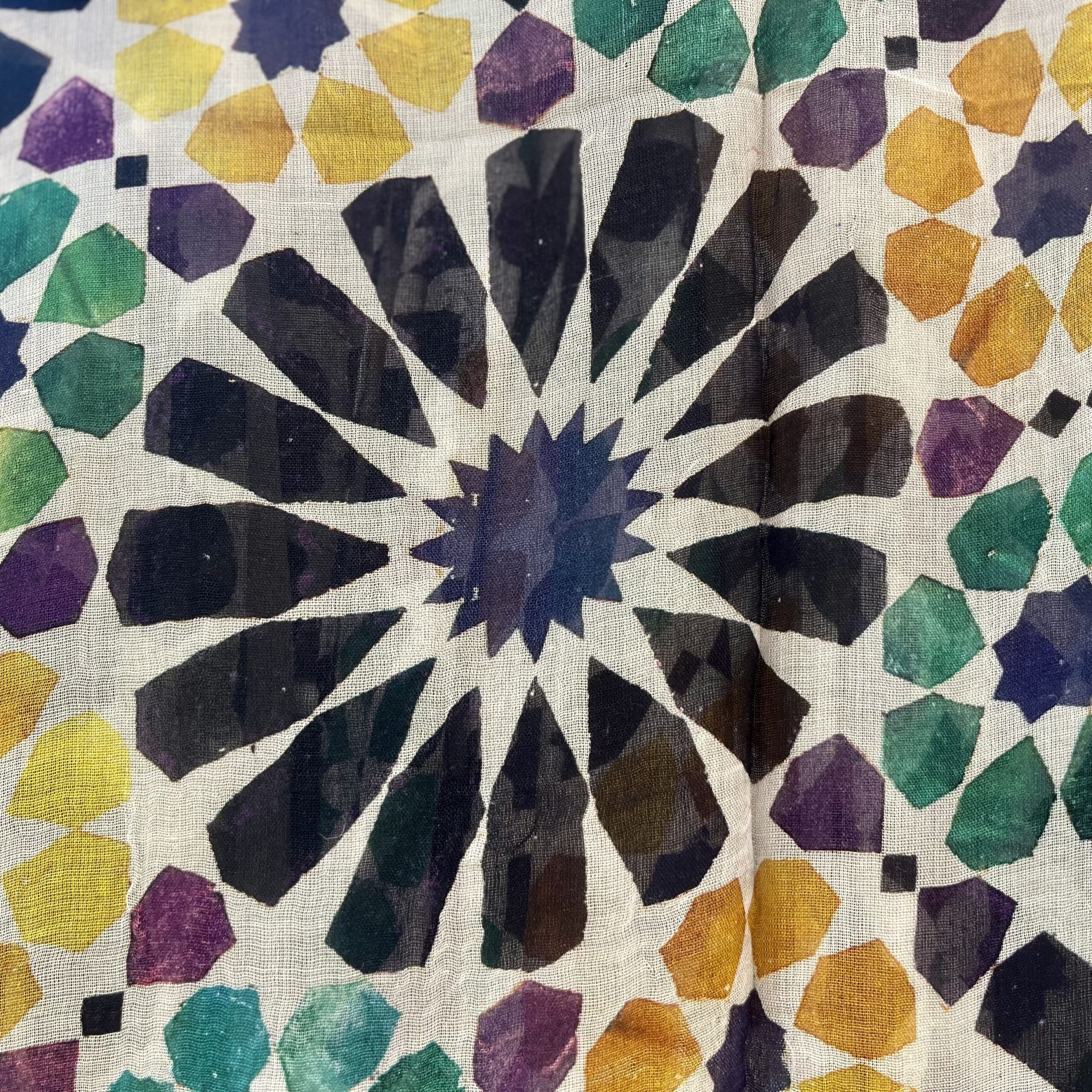
18 Jun Silk in the Nasrid Kingdom
Silk in the Nasrid Kingdom
Silk in the Nasrid Kingdom, from the humble cocoon to the world stage, has been an enduring symbol of Granada’s legacy.
With the arrival of the Umayyads in the Iberian Peninsula (9th and 10th centuries), the courts of Persia and Syria became a benchmark of style.
The Umayyads of Córdoba introduced the tiraz industry in al-Andalus, where they produced costly textiles, a kind of institution protected by power, given the high value of its creations.
However, it wasn’t until the Nasrid period, spanning the 13th to 15th centuries, that silk production in Granada reached unparalleled levels of excellence and quality.
Silk in the Nasrid Kindom, from cocoon to the world
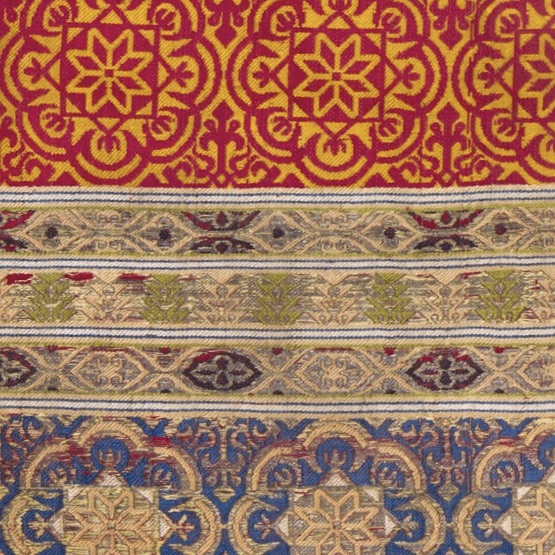
Silk in the Nasrid Kingdom had an important role in the economy and cultural life, and its industry flourished thanks to the agricultural skills of the Al-Andalus people.
Silkworm rearing was introduced to Al-Andalus in the 8th century, when a group of Syrian emigrants, the Kaisids, settled in its fertile lands.
The Kaisids had learned from the cultures of the Far East, mainly China, how to produce silk using the silkworm.
And, although all kinds of crops were grown in the farmsteads, mulberry cultivation became the most profitable, thanks to the art of sericulture.
Alongside the cultivation of mulberry trees, essential for silkworm rearing, a wide range of dyes, from both wild and cultivated plants (with some derived from animals), joined the vibrant palette of silk production in Granada.
For each colour a special plant was used, in the case of blue there was the pastel plant (Isatis tinctoria), also known as the ‘Jerusalem asp’, that grew all over the Mediterranean.
Red was taken from the root of the red blonde plant (Rubia tinctorum), brought to Andalusia from the East.
For yellow, yellow duckweed, both wild and cultivated, was used.
Horizontal looms transformed the making of fabrics covering all the steps of the weaving process, and thus gave boost to the expansion of a pioneering textile industry in all Europe.
The production of silk was so remarkable that its production created many jobs such as: merchants, spinners, twisters, dyers, embroiderers and tailors.
The most common products were taffetas, damasks, velvets, handkerchiefs, stockings, sashes, gloves and hats, including fine silk linen were produced in workshops and factories set up in the city of Granada and other parts of Nasrid Kingdom.
Silk in the Nasrid Kingdom, its splendour
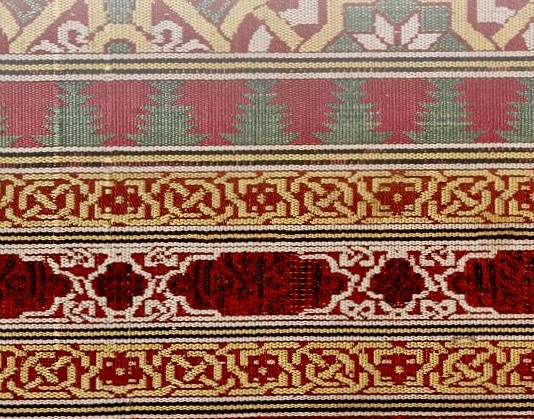
Silk in the Nasrid kingdom became a major commodity for export, and the silk fabrics produced in Granada were renowned for their high quality and lavish designs.
It became the most sought-after decoration item in the whole of the Mediterranean.
In addition to its economic importance, silk was also a key factor in the cultural and social life of the Nasrid kingdom.
The silk trade not only included the transfer of goods, but also of ideas and cultures.
Granada, as a centre of silk production and trade, was in continuous interaction with other civilisations and cultures through trade routes.
This fostered a cultural exchange in which artistic influences, weaving techniques and designs from different regions were infused.
The economic wealth resulting from the silk trade allowed the Nasrid rulers and the local elite to become leading art and architectural sponsors.
Many of the architectural masterpieces still standing in Granada, such as the Alhambra and the Generalife, were built and decorated with funds from the silk trade.
After the conquest by the Catholic Monarchs in 1492, silk production in Granada began to decline as a result of competitive trade among Spanish and European markets and shifting trends in fashion and styling.
Nevertheless, the silk’s cultural and historical legacy in Granada continues to this day.
Silk in the Nasrid Kingdom played a significant role, leaving its mark on various aspects of life in Granada, which can still be appreciated today.
Silk in the Nasrid Kingdom, following its footprints
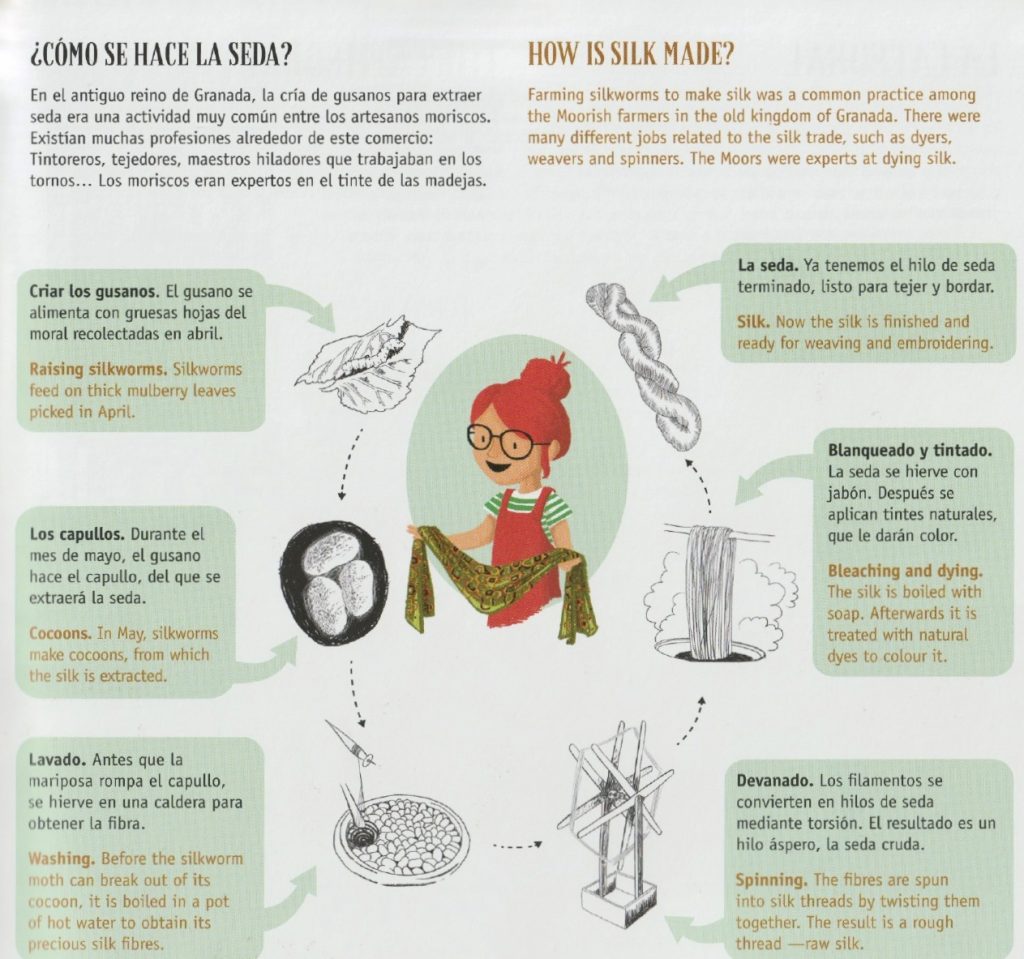
One prime example is the El Realejo neighborhood, once the medieval Jewish quarter, which serves as a living testament to the influence of silk.
In El Realejo, silk’s impact is evident in the presence of workshops and shops offering silk products like scarves, handkerchiefs, and clothing.
Another noteworthy destination is the Alcaicería, derived from the Arabic term ‘al-qaysariyya’, from the Latin “caesareum”, which means “related to Caesar”
During the Nasrid era, this bustling market was a hub for trading silk and other luxury goods.
In 1511, the Silk Art House was created, which carried out stricter regulation and control of the quality of the products sold.
Commercial activities were supervised to ensure that high standards were maintained and fraud was avoided.
Measures such as banning black mulberry trees, using white mulberry trees instead, which gave a finer silk and thus ensured that only the best raw material was used.
What today could be compared to the concept of Denomination of Origin (DO).
Similarly, the Corral del Carbón, originating from the Arabic ‘qaral-al-attar’, initially facilitated trade in various commodities, including silk, during the Nasrid period.
It functioned as an inn accommodating merchants and travelers arriving in the city.
The influence of silk extends to the Alhambra, where intricate decorations in the palaces and halls, as well as textiles adorning the rooms, reflect its prominence. The Alhambra Museum offers exhibits detailing silk production and trade in the region during that era.
Moreover, the lush gardens of the Generalife showcase plants historically used in dye production for silk textiles.
Rediscover the silk memories of the Nasrid Kingdom by immersing yourself in the rich history and culture of Granada.
Contact me and together we can embark on this captivating journey.
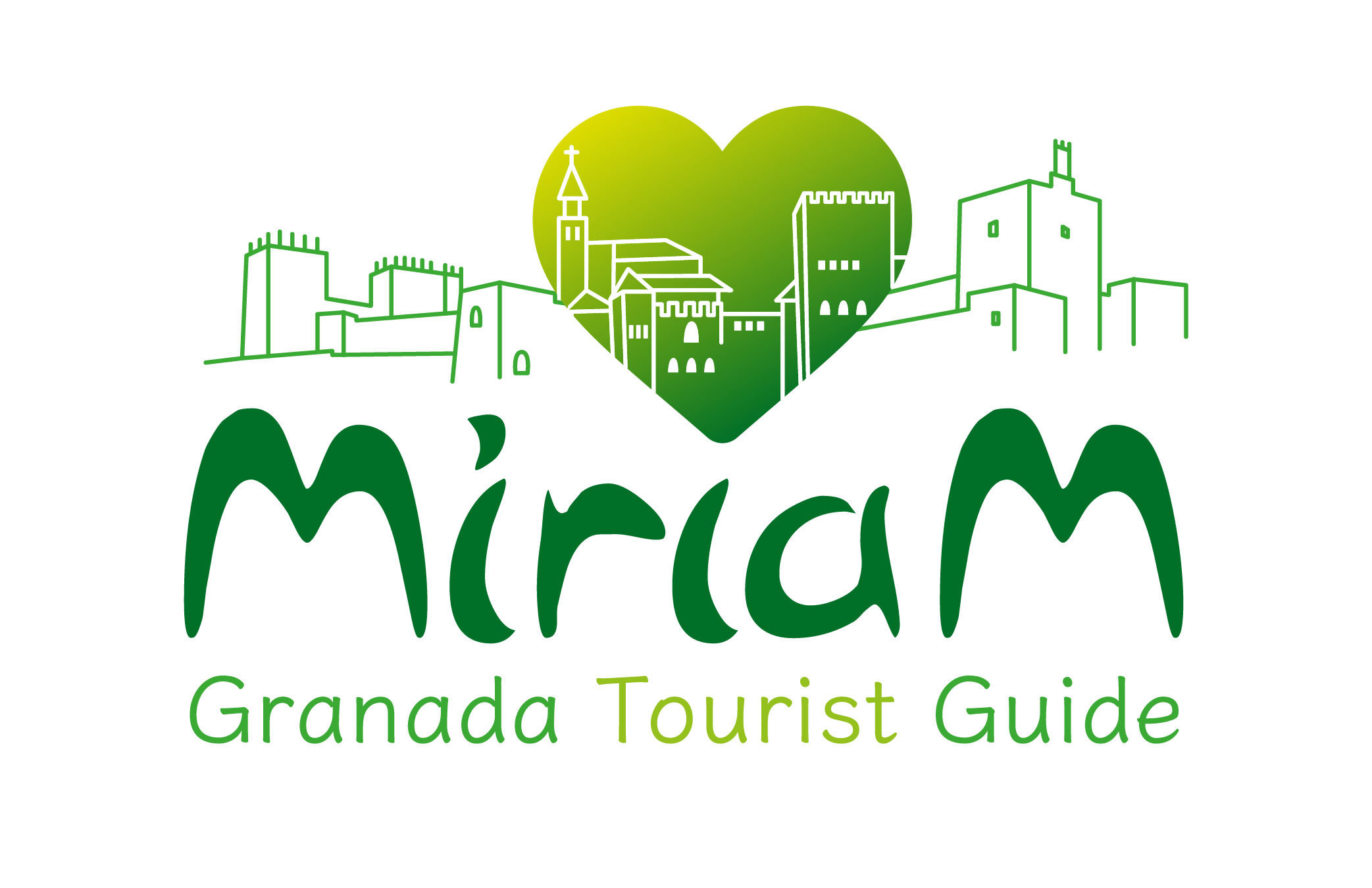


Sorry, the comment form is closed at this time.